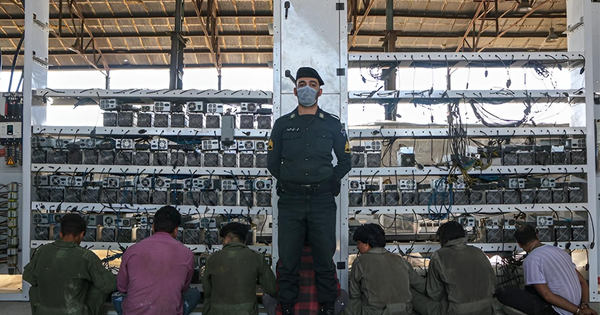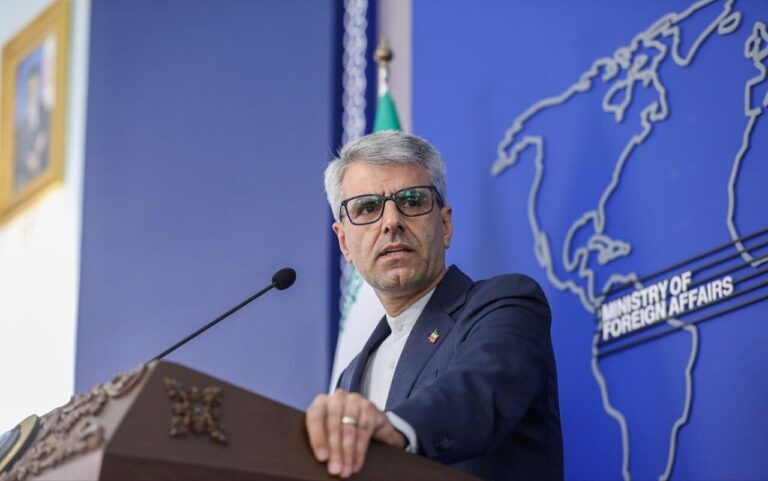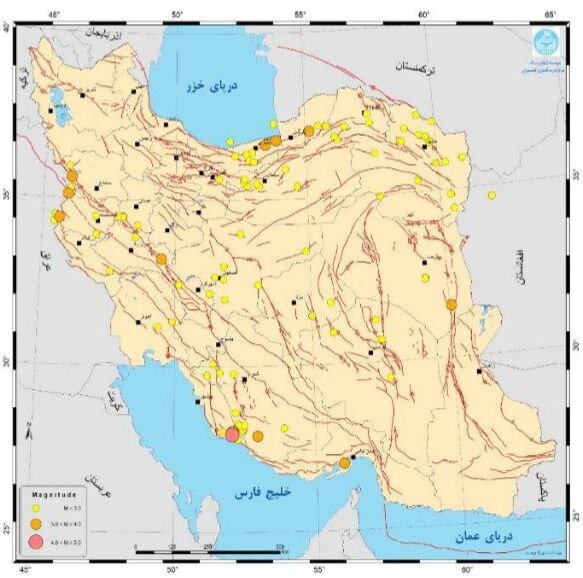Iran’s Major Crackdown: 240,000 Cryptocurrency Mining Rigs Seized in Bold Move
In recent years, Iran has faced significant challenges regarding electricity consumption, particularly due to the rise of cryptocurrency mining. According to the state electricity company Tavanir, authorities have seized over 240,000 cryptocurrency mining devices in the past three years as part of efforts to address power shortages and network instability.
Mostafa Rajabi Mashhadi, the CEO of Tavanir, revealed in a statement to state media that these confiscated mining rigs were consuming an estimated 800 megawatts of electricity. To put this into perspective, this consumption is comparable to the 1,000-megawatt capacity of the Bushehr nuclear power plant, illustrating the considerable strain that cryptocurrency mining operations place on Iran’s national grid.
“Unfortunately, illegal use of the electricity network still occurs in the country,” Mashhadi stated, underscoring the ongoing challenges faced by Iranian authorities in regulating the mining landscape. He emphasized the need for enhanced collaboration with the Economic Security Police to locate and confiscate any remaining illegal miners.
Under Iranian law, individuals found in possession of unregistered cryptocurrency mining equipment may face severe penalties, including the confiscation of their devices and fines up to three times their value. This strict enforcement is aimed at curbing the rampant illegal mining activities that have proliferated in the country.
Tavanir’s deputy for transmission and foreign trade has estimated that approximately 700,000 illegal mining rigs are still operational in Iran, consuming around 2,000 megawatts of electricity. This staggering figure highlights the scale of the issue and the urgent need for regulatory measures.
The crackdown on illegal mining operations comes at a critical time, as Iran’s electricity grid is under increasing pressure. Various factors, such as rising temperatures and heightened industrial activity, have exacerbated the situation, leading to widespread closures of government offices, banks, and schools across much of the nation.
Earlier in the day, Ali Nikbakht, the Chairman of Iran’s Power Plants Trade Association, projected a staggering 25,000-megawatt electricity deficit for the upcoming year. This figure represents nearly one-third of the country’s national consumption, further stressing the need for immediate action to stabilize the power supply.
- 240,000: The number of cryptocurrency mining devices seized by Iranian authorities in three years.
- 800 megawatts: The estimated power consumption of the confiscated mining rigs.
- 1,000 megawatts: The capacity of the Bushehr nuclear power plant, indicating the significant strain on the national grid.
- 700,000: Estimated illegal mining rigs still in operation in Iran.
- 2,000 megawatts: Electricity consumed by these illegal mining rigs.
- 25,000 megawatts: Projected electricity deficit for the next year, amounting to one-third of national consumption.
The situation continues to evolve as Iranian authorities seek to regain control over the electricity network and address the challenges posed by illegal cryptocurrency mining. Tavanir’s ongoing efforts to clamp down on unregistered mining operations are critical in ensuring a stable power supply for the country. As the demand for electricity continues to rise, it remains essential for the government to enforce regulations and promote legal mining practices that do not threaten the national grid.
In conclusion, the issue of cryptocurrency mining in Iran reflects broader challenges in balancing technological advancements with the need for sustainable energy consumption. With ongoing efforts and cooperation among various sectors, there is hope for a more stable and regulated approach to cryptocurrency mining in the future.






